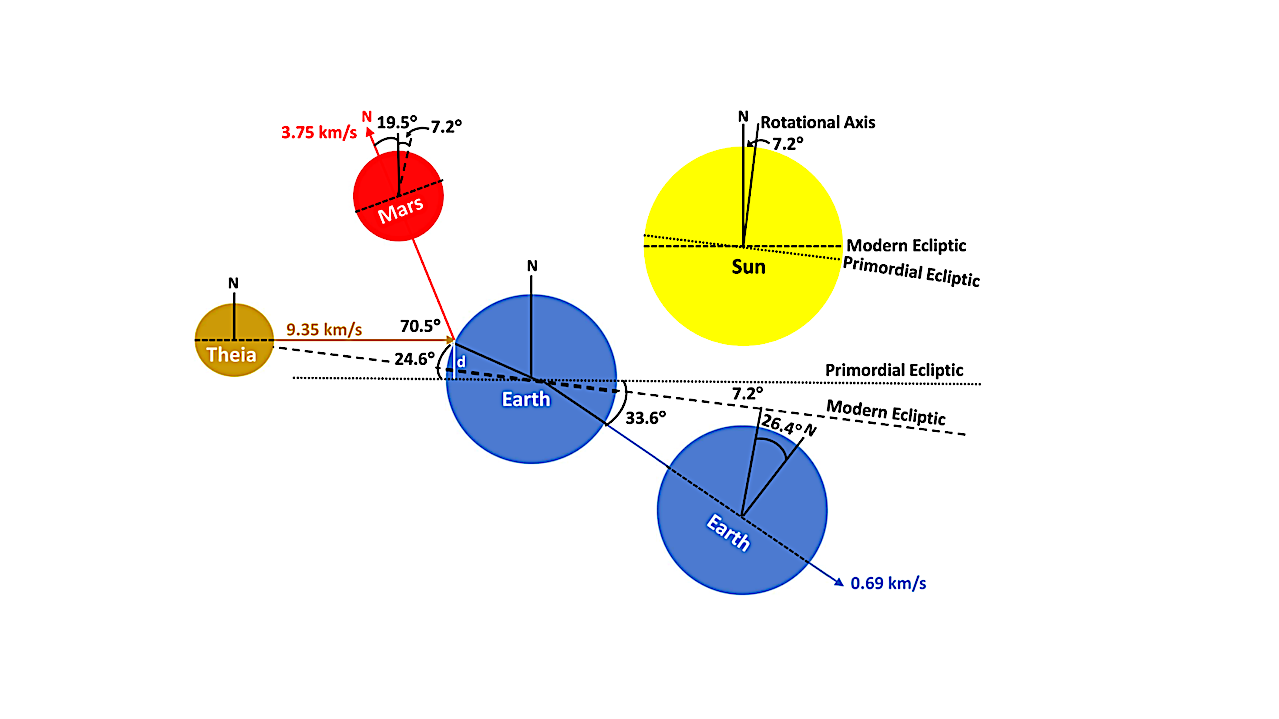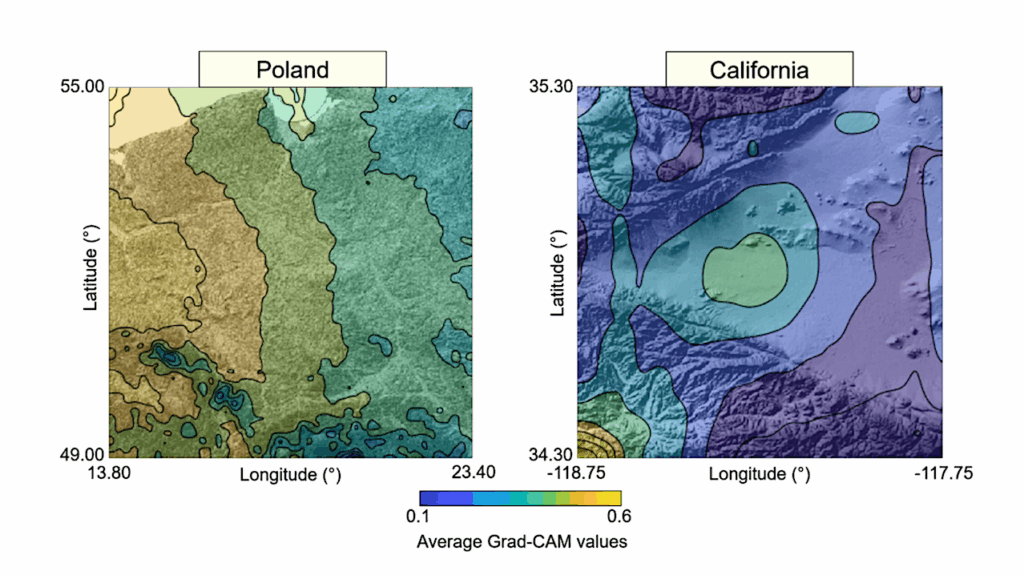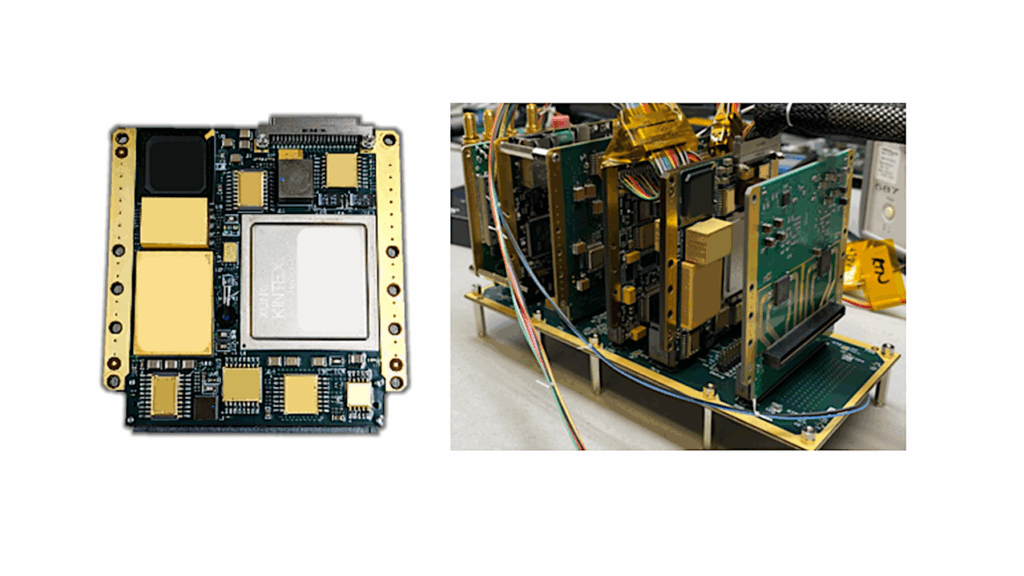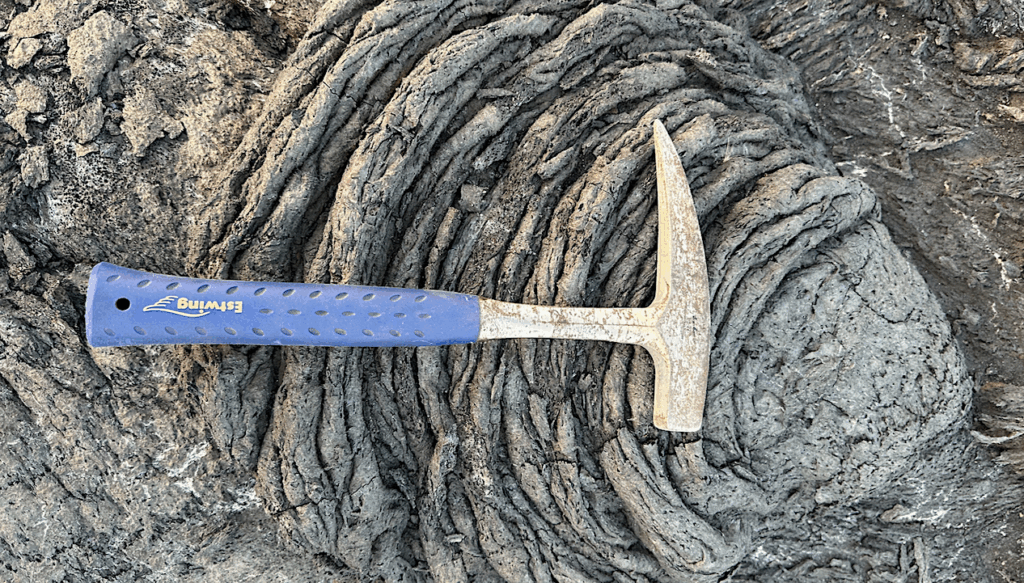The Origin Of The Terrestrial Planets

Three major planets, Venus, Earth, and Mercury formed out of the solar nebula. A fourth planetesimal, Theia, also formed near Earth where it collided in a giant impact, rebounding as the planet Mars.
During this impact Earth lost ≈4\% of its crust and mantle that is now is found on Mars and the Moon. At the antipode of the giant impact, ≈60\% of Earth’s crust, atmosphere, and a large amount of mantle were ejected into space forming the Moon. The lost crust never reformed and became the Earth’s ocean basins. The Theia impact site corresponds to Indian Ocean gravitational anomaly on Earth and the Hellas basin on Mars. The dynamics of the giant impact are consistent with the rotational rates and axial tilts of both Earth and Mars.
The giant impact removed sufficient CO2 from Earth’s atmosphere to avoid a runaway greenhouse effect, initiated plate tectonics, and gave life time to form near geothermal vents at the continental margins. Mercury formed near Venus where on a close approach it was slingshot into the Sun’s convective zone losing 94\% of its mass, much of which remains there today. Black carbon, from CO2 decomposed by the intense heat, is still found on the surface of Mercury. Arriving at 616 km/s, Mercury dramatically altered the Sun’s rotational energy, explaining both its anomalously slow rotation rate and axial tilt. These results are quantitatively supported by mass balances, the current locations of the terrestrial planets, and the orientations of their major orbital axes.
Richard B. Firestone
Subjects: Earth and Planetary Astrophysics (astro-ph.EP)
Cite as: arXiv:2305.18635 [astro-ph.EP] (or arXiv:2305.18635v1 [astro-ph.EP] for this version)
Submission history
From: Richard Firestone
[v1] Mon, 29 May 2023 21:59:50 UTC (1,359 KB)
https://arxiv.org/abs/2305.18635
Astrobiology








